Unsalted peanuts are controversial products and can bring good conditions for diabetics and heart health patients. Many people use peanuts as roasted and salted snacks, candy bars, and peanut butter.
unsalted peanuts
However, how might eating peanuts hurt diabetics? Diabetes sufferers need to watch their blood sugar levels to make sure they don’t rise excessively and too quickly. People must carefully analyze their eating choices as a result. They can inquire if nuts are acceptable. Peanuts are a healthy choice since they include important nutrients and have a low glycemic index and glycemic load. There could, however, be certain risks involved. This article goes through several things diabetics should think about before deciding to eat peanuts. nutritive worth Eating unsalted peanuts may be healthy for those with diabetes In reality, peanuts are legumes like beans and peas. In addition to having traits that make them similar to legumes, they also resemble nuts. Both beans and nuts are good for your health, according to a lot of research According to a study published in Nutrients, nuts and peanuts are rich sources of the following nutrients:
- healthy fats
- green protein
- fibre
- minerals
- Antioxidants
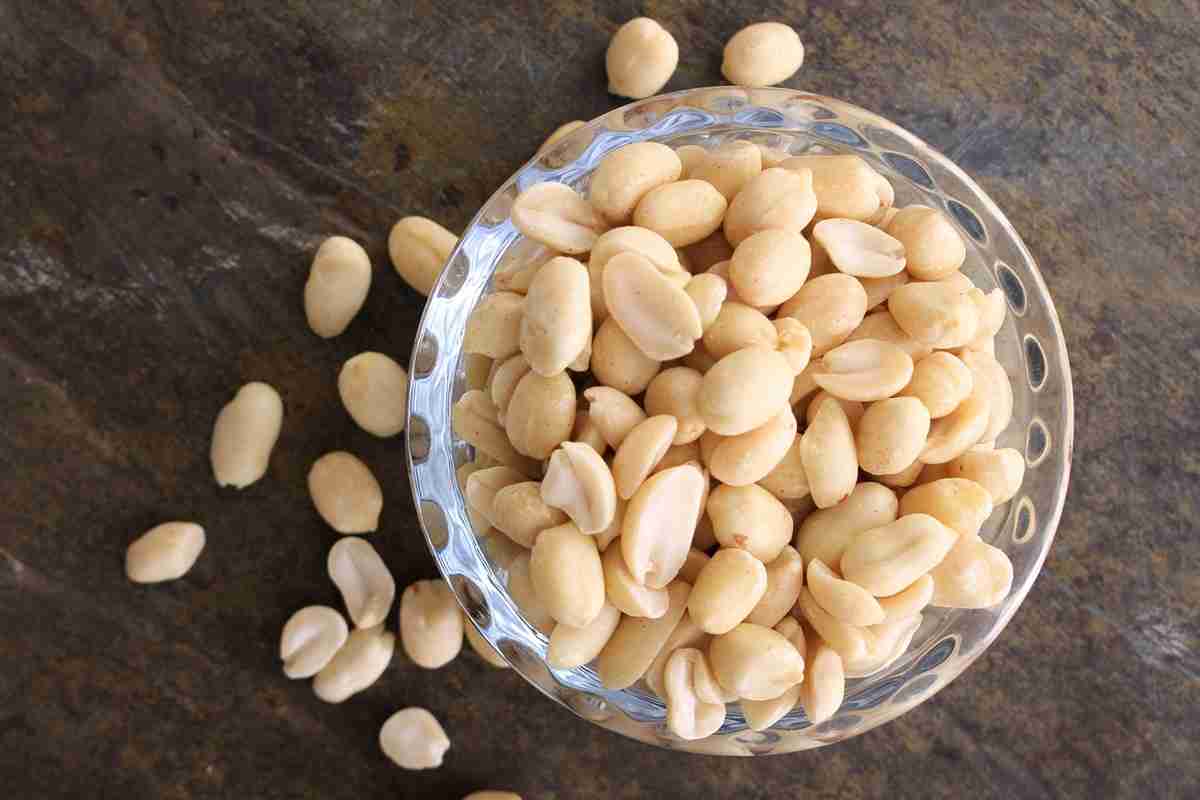
These might lower the risk of cardiovascular and heart disease, as well as inflammation, hypertension, and cholesterol. Diabetes may cause any of these. One ounce (oz) or 28.35 grammes (g) of raw peanuts contain the following nutrients, according to the United States Department of Agriculture (USDA):
- 161 calories
- 7.31 g of protein
- Carbohydrates totalling 4.57 grammes, including sugar (1.34g) and fibre (2.4g)
- 1.78 g of saturated fat.
- 6.93 g of unsaturated fat
- 4.41 g of monounsaturated fat
- 26 milligrammes of calcium (mg)
- 1.3 mg iron
- 48 mg of magnesium
- 107 milligrammes of phosphorus
- 200 milligrammes of potassium
- 5 milligrammes of sodium
- metal 0.93 mg
Additionally, it contains vitamin E and two B vitamins, niacin and folate.Glucose controlBeyond their nutritional importance, peanuts are advantageous. Furthermore, they little affect blood glucose levels. Foods are ranked on the glycemic index (GI) according to how quickly they elevate blood sugar levels.Low GI meals frequently and gradually turn into sugar. High GI foods quickly release glucose into the bloodstream. When deciding how much insulin to take, when to eat, and what foods to eat, a diabetic must take these numbers into account. The GI scale has a range of 0 to 100. Water, which has a score of 0, has no impact on blood sugar. Glucose equates to a score of 100. The glycemic load test is a common procedure (GL). This takes into account the dish’s GI rating and the number of carbohydrates it contains. It offers a more accurate assessment of how food affects blood sugar levels. Foods that have a GL of 10 or less are thought to have a moderate impact. Peanuts are among the foods with the lowest GI scores, with a GI of 14 and a GL of 1. One of the factors that make peanuts a potentially beneficial snack for diabetics is their mild impact on blood sugar levels.

Peanuts for heart health
Cardiovascular health and peanutsDiabetes and cardiovascular disease are commonly linked. People with diabetes must adopt dietary choices that lower their risk of stroke and cardiovascular disease in addition to helping them manage their blood sugar levels. The American Heart Association claims that the fibre and minerals found in legumes like beans and peanuts are heart-healthy (AHA). They can help decrease blood pressure, and the high fibre content can help one feel satisfied. Fibre can also assist in lowering blood sugar levels. For diabetics, these are crucial things to take into account. Obesity, high cholesterol, and high blood pressure are all direct risk factors for diabetes and many of its side effects, such as cardiovascular diseaseFor diabetics, any meal that promotes heart health may be advantageous. According to research including over 200,000 people from various backgrounds, eating peanuts and other nuts regularly was linked to a much lower risk of dying from any cause, notably heart disease. This suggests there could be a link between eating peanuts and having a healthy heart, but further research is needed to confirm this. The study was released in the journal JAMA Internal Medicine. This may be due to several factors, including the fibre and mineral content of peanuts. Unsalted peanuts don’t have as much sodium as salted ones. This can raise blood pressure, but they also contain heart-healthy minerals like calcium, magnesium, and potassium. The American Heart Association claims that potassium can reduce the negative consequences of sodium intake. The quantity of salt, sugar, and fat added during processing determines the nutritional value and overall health of peanuts. Fibre Peanuts contain fibre, much like beans and other legumes. Fibre is something that the American Diabetes Association advises diabetics to eat since it can: help lower cholesterol levelslet a person feel satisfied longer and cause them to eat less foodlower or slower glucose absorption According to research, a high-fibre diet can lower the risk of type 2 diabetes by 20–30%. Women would consume more than 25 g of fibre daily, while males would consume more than 38 g. The same elements that lessen your chance of getting type 2 diabetes also lessen your chance of complications and development. Positive or negative effects of omega-6 in peanuts?Compared to other nuts, peanuts have a higher percentage of omega-6 fatty acids.
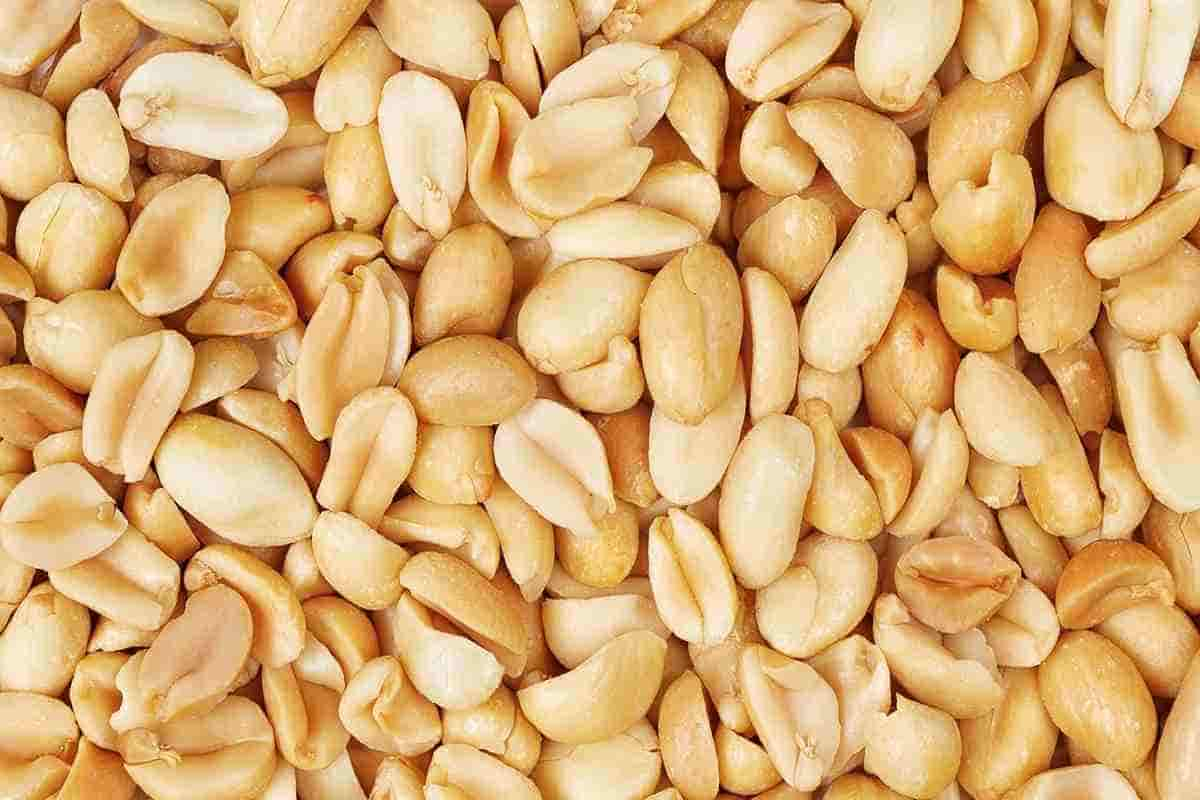
Peanuts good for diabetics
According to some research, excessive amounts of omega-6 oils may cause inflammation in the body. Inflammation may exacerbate diabetes over time. The balance between omega-3 and omega-6 oils is advised by experts. Omega-6 fatty acids, however, may reduce the prevalence of type 2 diabetes, according to other research. According to a 2016 study in the American Journal of Clinical Nutrition, people with higher blood levels of omega-6 fatty acids were less likely to develop type 2 diabetes. The specific role of omega-6 fats in diabetes has to be studied further since this study only included those who were free of the disease. Regular peanut consumers should also consume omega-3-rich foods like flaxseed, walnuts, and oily seafood like salmon and sardines. Peanut butter and diabetes Although not all products made with peanuts are healthy, eating peanuts may have some benefits for diabetes. Peanut butter may contain additional salt, oil, and sugar, while peanut desserts often have high sugar content. Added fats are frequently trans or saturated fats, which are less heart-healthy and more pro-inflammatory. However, since it makes one feel content for longer, simple, natural peanut butter with little to no added salt or sugar may be a wonderful addition to breakfast. Find out more about the advantages and disadvantages of peanut butter for diabetes here.There are several peanut butter available. Select a peanut butter that is sugar-free, or even better, one that is made just of peanuts.decrease in weight According to some research, peanut consumption in moderation may help with weight reduction, weight maintenance, and body mass index control (BMI). Research that appeared in Nutrition Journal found that including peanuts in diabetes patients’ meals enhanced their consumption of nutrients. Additionally, they saw better blood fat levels and weight management. Precautions Although many diabetics can gain by including peanuts in their diet, there are also possible risks. Some people have peanut allergies, which can have catastrophic consequences. One should make sure they don’t have an allergy before introducing peanuts to their diet. Store-bought peanuts are probably not good for a diabetic due to the added salt, oil, sugar, and additives. It is recommended to buy raw, roasted, or unsalted peanuts and roast or boil them at home with flavorful spices. Raw peanuts have 161 calories per ounce, while peanuts from the supermarket have more. Additionally, it contains carbs.
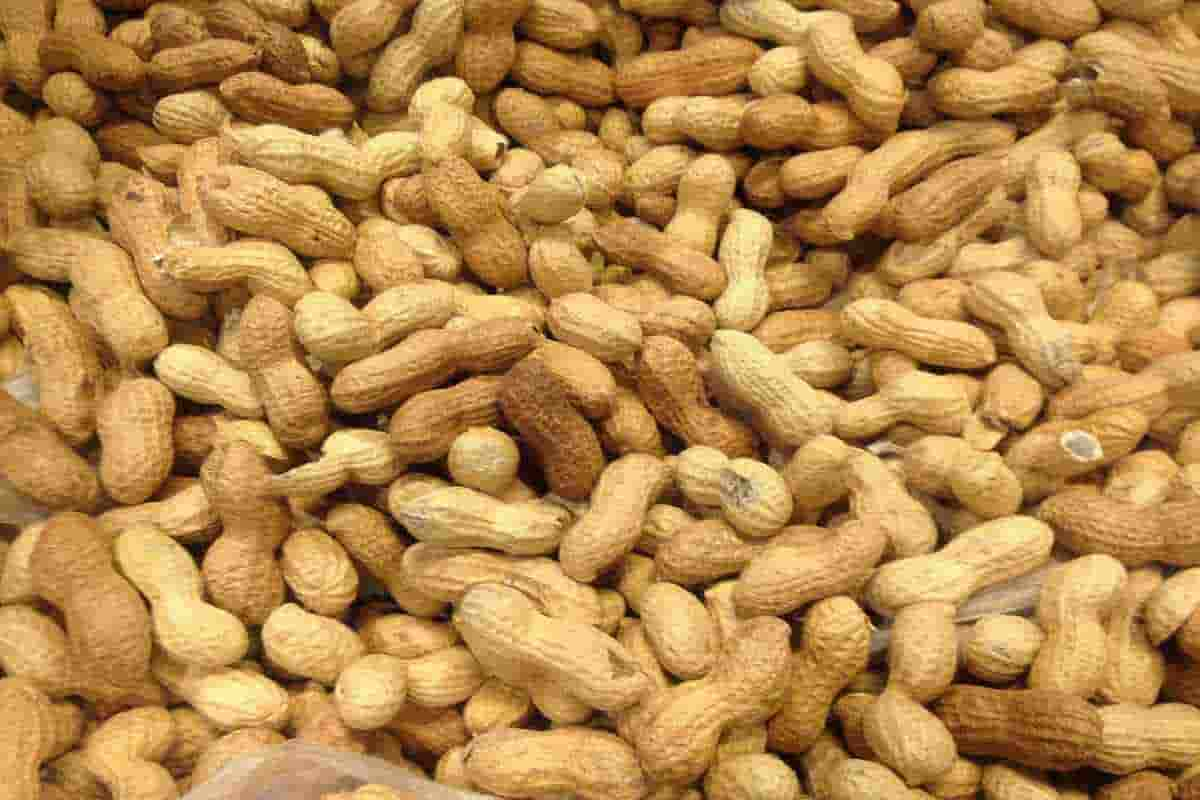
People should take the carbohydrate and calorie content of peanuts into account if they are watching their weight and carb intake. A fungus typically seen in peanuts produces toxicity known as aflatoxin. This is OK in the United States in varying doses, but people who have diabetes and liver illness should limit their exposure to aflatoxins. Some products made from peanuts—like the powdered peanut butter PB2—are severely processed, which lowers their nutritional value. They probably won’t provide the same health benefits as whole peanuts. Peanuts as part of a diet Peanuts, as opposed to nuts, have a distinctive raw flavour. They must be cooked before eating, such as by boiling, roasting in the oven, or frying in a skillet. For flavouring, use garlic or a sprinkling of chilli for salt.
unsalted peanuts coles
Diabetics can take peanuts in moderation since they are lower in carbohydrates than starches. They should be warned, though, that consuming more fat, salt, and sugar may result in weight loss as well as other health problems including high blood pressure and cholesterol. TakeawayBlood sugar, cardiovascular health, and maybe weight stability might all benefit from peanut consumption. As a result, they may be a better choice for snacks than a bag of chips. A little handful of peanuts can be a fantastic way to get essential nutrients, manage appetite, and keep blood sugar levels consistent between meals. However, peanuts include a lot of calories as well, and some types could have additional fat and carbohydrates. Processed peanuts might include excessive amounts of salt, sugar, fat, and other additives. Thus, when tracking their diets, people should check the nutritional label of any packed peanut snack and take the calories and carbs into consideration.
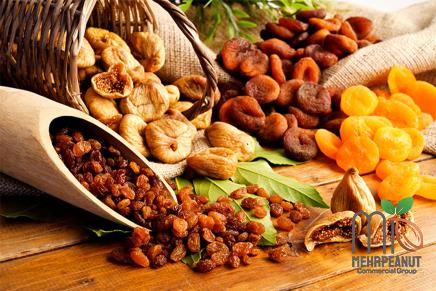
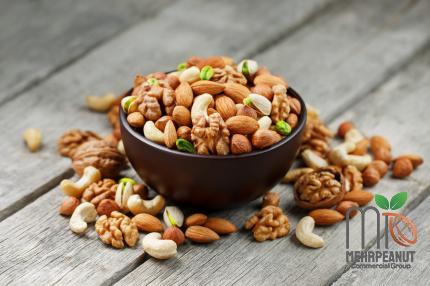
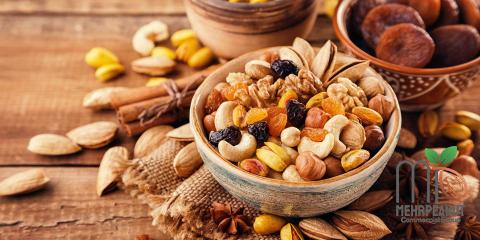
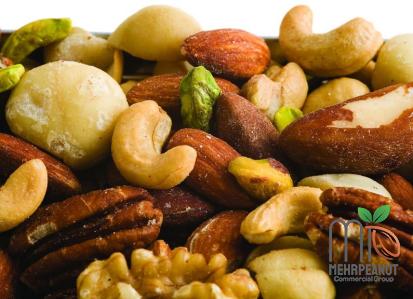
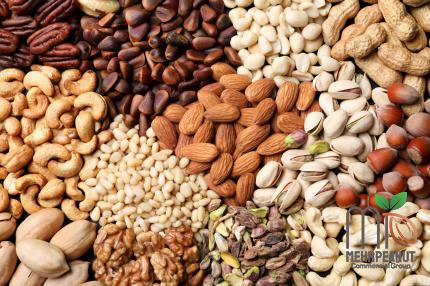
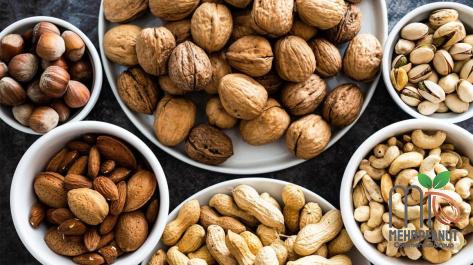
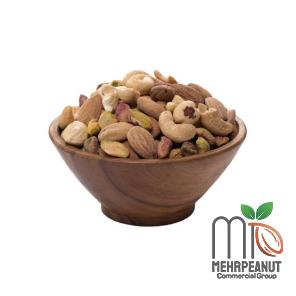
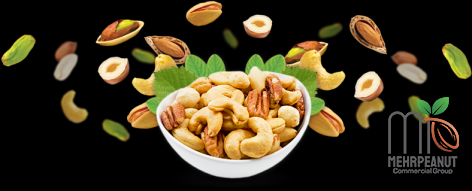
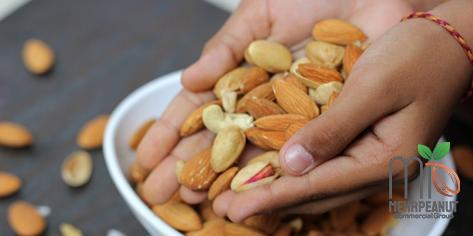
Your comment submitted.